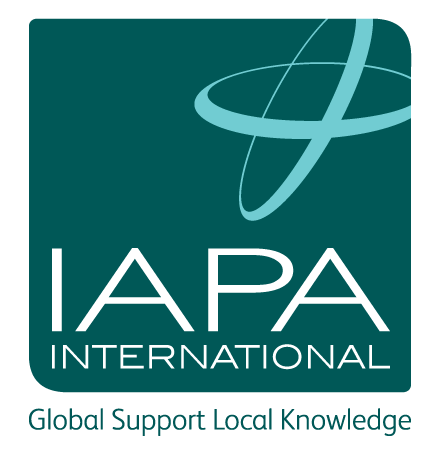Capital increase audit

The Swiss Code of Obligations (CO) foresees three options for increasing the share capital of a company: The ordinary capital increase, the increase from contingent capital and the capital increase making use of the capital band. The latter is a new legal institution introduced with the corporate law revision effective 1 January 2023. According to Art. 653s para. 1 CO, the share capital can now be changed within a pre-determined range for a maximum period of five years upon statutory authorization to the Board of Directors. Capital increases within the capital band are possible on an ordinary or contingent basis, and the provisions on ordinary and contingent capital increases apply mutatis mutandis (Art. 653 para. 5 CO). At the same time, the above-mentioned forms of capital increase are overlaid by the division into simple and qualified capital increases.
The latter includes increases via contributions in kind, asset takeovers and offsetting. In addition, it is possible to increase the share or participation capital from freely disposable capital reserves. Depending on the type of capital increase, no audit may be required – in the case of a regular capital increase with cash (without subscription rights restrictions), for instance. The audit of the capital increase report is particularly necessary in the case of qualified capital increases (at least by a certified auditor). In the case of a conditional capital increase, a licensed audit expert must examine the issuing of the new shares for compatibility with Swiss law and statutes.
-
Good to know
The capital band is only available to joint stock companies and the possibilities of the capital band can only be exploited if the Articles of Association provide for corresponding regulations. It is therefore advisable to amend the Articles of Association accordingly if you wish to make use of the capital band.
In situations of excess debt, the board of directors often wants to bring about restructuring by convincing the company’s creditors to waive their loans or account credits and convert these into equity of the company. This type of restructuring is very common, especially among smaller, owner-run companies. Although this process does not provide the company with any new funds, the equity situation is improved. This lack of cash inflow is one reason why certain authors consider this type of restructuring in situations of excess debt to be inadmissible. They see this as encompassing so-called “below par issuance”. Other authors believe that this type of transaction should be permitted if it results in the excess debt being removed (or in combination with other restructuring measures). This is also supported by the argument that the other creditors of the company enjoy an improved situation with the conversion of liabilities into equity.
-
Project Lead






